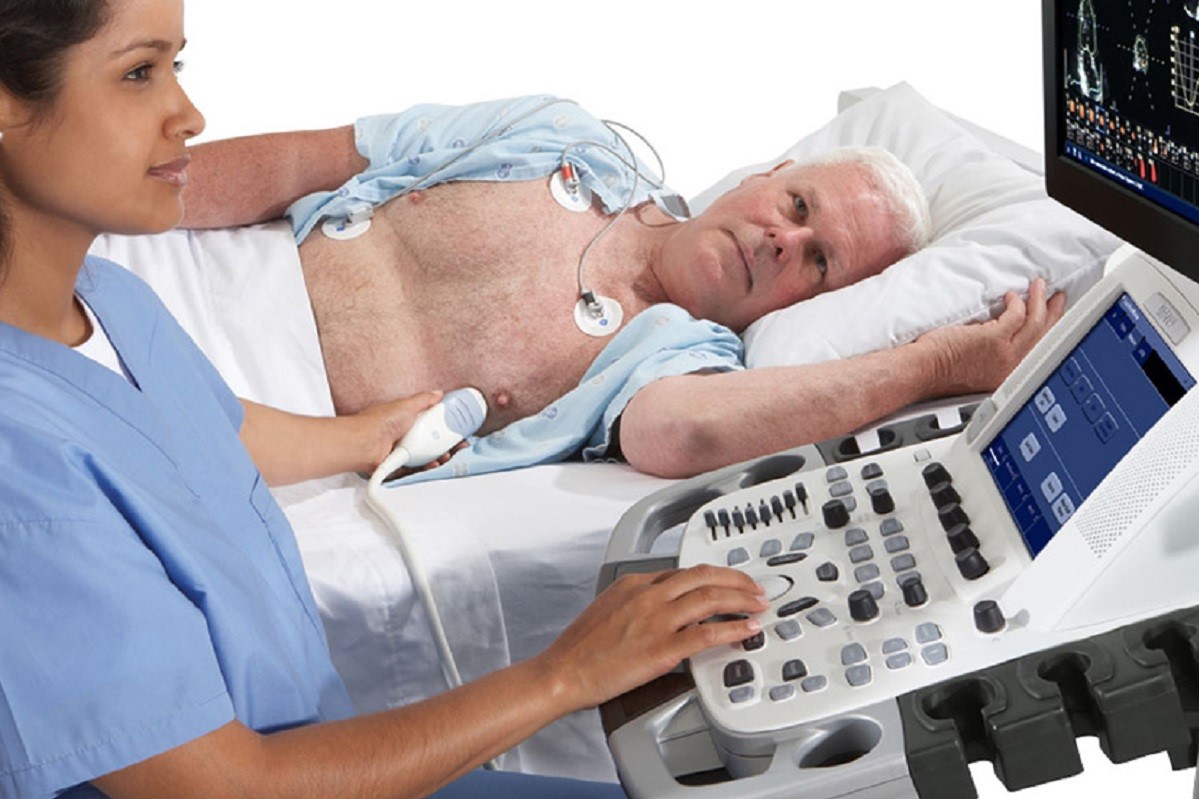
Echo-colour Doppler of the renal arteries: what does it consist of?
Echo-colour Doppler allows the study of both the morphology (anatomy) and the flows (haemodynamics) of the renal arteries
It is therefore possible to study certain parameters such as diameter, wall thickness as well as morphological characteristics and velocities.
Echo-colour Doppler, how is the test performed?
The patient is in supine decubitus.
The renal arteries are explored at the same time as the abdominal aorta.
The probe is moved and tilted so that it follows the entire course of the arteries to the point where they enter the kidney.
Identifying veins, which run very close to the arteries, can help in studying the renal arteries.
In obese patients or patients with a lot of gas in the intestines, there may be difficulties in identifying the renal arteries.
The patient should therefore follow a low-fibre diet and take antimeteoric drugs in the twenty-four hours before the test.
Which diseases does the echo-colour Doppler?
Stenosis of a renal artery, which is responsible for nephrovascular hypertension, is usually of atherosclerotic degenerative origin although it may recognise other causes.
Narrowings on an atherosclerotic basis are localised in the first tract of the artery.
A particular disease, called fibromuscular dysplasia, on the other hand, is localised in the middle part and near the entrance to the kidney.
It is a disease that affects younger and female subjects.
There is also the possibility of diagnosing renal artery stenosis of congenital origin.
Echo-colour Doppler makes it possible to detect plaques and if these obstruct the flow identify the characteristic increase in velocities
Eco-colour Doppler diagnosis of renal artery stenosis in hypertensive patients makes it possible to direct the correct therapy by avoiding drugs that are contraindicated in these conditions.
Read Also
Emergency Live Even More…Live: Download The New Free App Of Your Newspaper For IOS And Android
Echodoppler: What It Is And When To Perform It
Echo Doppler: What It Is And What It Is For
Fusion Prostate Biopsy: How The Examination Is Performed
What Is Needle Aspiration (Or Needle Biopsy Or Biopsy)?
What Is Echocolordoppler Of The Supra-Aortic Trunks (Carotids)?
What Is The Loop Recorder? Discovering Home Telemetry
Cardiac Holter, The Characteristics Of The 24-Hour Electrocardiogram
Peripheral Arteriopathy: Symptoms And Diagnosis
Endocavitary Electrophysiological Study: What Does This Examination Consist Of?
Cardiac Catheterisation, What Is This Examination?
Transesophageal Echocardiogram: What Does It Consist Of?
Venous Thrombosis: From Symptoms To New Drugs
Echotomography Of Carotid Axes
Echo- And CT-Guided Biopsy: What It Is And When It Is Needed
Echo-Doppler Of Vessels: Characteristics And Limitations Of The Method


